Three Emerging Steps on The Road to Wellville
1) Cleaner Living Ahead
Smoking and Drinking
Smoking still costs the US economy $600 billion a year. Significant numbers of young adults are beginning to turn away from alcohol in the same way their parents’ generation reduced smoking. The market for low-alcohol or nonalcoholic spirits, wine and beer has grown over 20% in the US in the last year as more people choose mocktails, kombuchas and botanical tinctures to replace traditional cocktails. In 2022, global sales of the no- and low-alcohol category surpassed $11 billion, and are expected to reach over $20 billion by 2030. More apps are being developed that help assist progress in smoking cessation and alcohol reduction. We are now seeing a fresh wave of bars, dance parties and events geared toward the “sober curious.”
Opioid Hangover
While there are many hopeful and healthy lifestyle trends, opioid use continues to be a major health crisis. Drug use took more than 100,000 American lives in 2022. In New York state, opioid mortality increased by 14% from 2021 to 2022 to a staggering total of 4,766 deaths. Over the next decade, pharmaceutical companies, insurers, pharmacies and the medical profession at large must have a full accounting of the mistakes and policies that sparked the crisis. However, there is wide agreement that opioid overuse represents a systemic societal problem that will require changes outside the medical system to fully address. Comprehensive and multifaceted services like the MATTERS Network, founded at the University at Buffalo, connect patients with treatments and services for opioid users while also establishing prescribing guidelines for healthcare providers in Western New York.
2) Now on the Menu: Biodata and AI
The Dawn of Phenomics: Auguring Your Future Health
Through the power of artificial intelligence we are building our understanding of the interplay between our individual genomics and other “omics” such as:
» epigenomics (analysis of the way genes are switched on and off)
» proteomics (analysis of cell proteins)
» metabolomics (analysis of cell metabolism)
» transcriptomics (analysis of cell RNA)
Thanks to these “multi-omic” technologies, we will soon have a more holistic view of an individual’s biological system and a deep understanding of the complex interactions between what we eat and other lifestyle and environmental factors. Doctors will develop ever better risk profiles for diseases before a person gets sick. A host of apps, wearables and monitoring devices will trigger health alerts allowing for early interventions. This will encourage patients to advocate for preventive solutions. (For more on phenomics and previvors, see the Self-Health Rising section and our 2017 Future of Medicine report’s Previvors section.)
Phenomic studies on diseases will profoundly and comprehensively enhance our capacity in prevention, diagnosis and treatment of diseases. … It is reasonable to expect that the ‘Golden Age of Phenomics’ is arriving.
Weihai Ying
Med-X Professor and Associate Dean, Shanghai Jiao Tong University School of Biomedical Engineering
3) Health on the Job
The workplace wellness industry is now worth nearly $55 billion, with 53% of small employers and 81% of large employers offering some sort of wellness program. These perks are quickly becoming a core benefit for most workers in the US, with companies offering everything from gym memberships to bike-share programs, fitness classes, massages and nutritional and mental health counseling.
